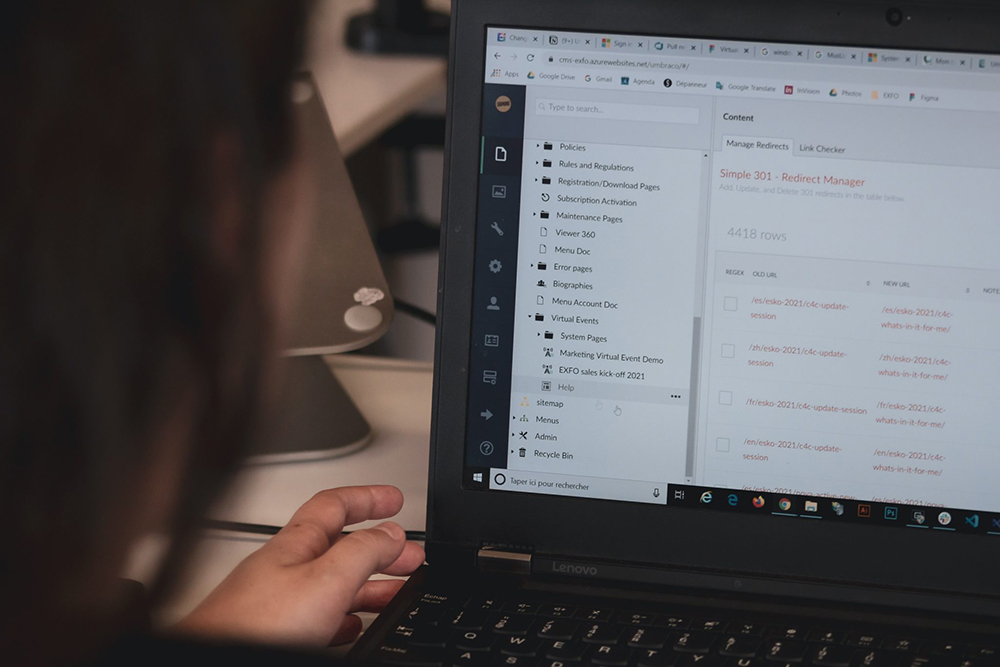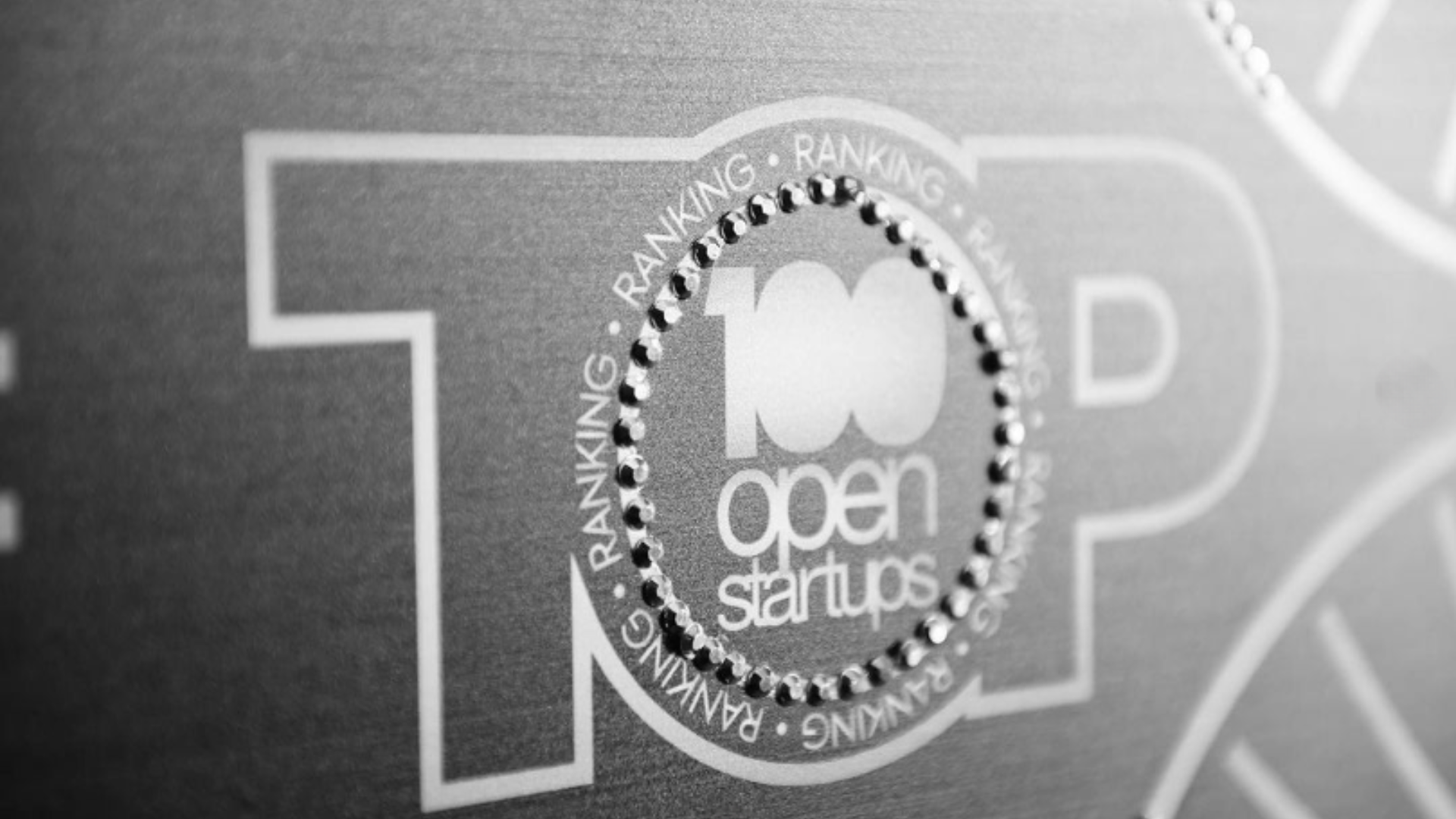When we talk about industrial management, we usually think of large factories responsible for transforming raw materials into final or intermediate goods.
Because of this, carrying out this task requires discipline and planning from companies, reconciling everything from processes to decision-making. For this reason, the topic of today's article is Industrial Management: what it is and how to apply it.
What is industrial management?
Industrial management encompasses a set of techniques and tools that aim to optimize the entire flow of processes. These techniques enable greater productivity in a dynamic way, allowing to identify and solve bottlenecks, in addition to promoting improvements based on collected information.
In industrial management, it is essential to reconcile efficiency, costs and processes. The focus is on achieving maximum efficiency, keeping costs to a minimum and ensuring the quality of processes.
In this context, the industry 4.0 plays a fundamental role as a faithful ally of industrial management. Automation and technology play a crucial role in ensuring the quality of what is manufactured.
>> Read Also:Importance of Industrial Management
Industrial management has a direct impact on several stages of the product. Among them, we can mention the quality, for inspecting and managing the productive processes and guaranteeing the quality of the final product. It also influences the relationship with the customer. This is because delivering industrial management ensures that products are delivered on time and with the promised quality. Thus enabling customer satisfaction and retention. Industrial management is essential in many areas, including suppliers and finance. Maintaining a good relationship with suppliers makes it possible to balance prices favorably, control costs and obtain positive results, in addition to taking advantage of good opportunities. Carrying out industrial management requires organization and strategy, definition of objectives and mapping of processes. Having balance and connection between each stage is essential to optimize management and achieve results. Below you will find a step by step that will help you in this function, let's see: The first step to ensure correct management is to know each stage of the production process. Management needs to encompass all the processes that make up production in order to offer a vision not just of a sector, but of the activities as a whole. Management needs to be carried out for each activity looking from the point of view of each sector involved in the execution. As for the analysis, it must be done taking into account everything from the raw material to the manufactured product. Thus involving the demands, the equipment used, employees, suppliers, customers and the like. keep track of performance indicators it is also essential to better understand the results delivered by certain areas, evaluating mistakes and successes and redefining what is needed. After understanding the operation as a whole, the next step is to calculate operating costs. At this stage, a lot of attention and organization is required, as reducing costs cannot be synonymous with cutting investments. Maintaining good equipment, quality materials and some other fundamental requirements is indispensable. By defining the processes and validating the costs, it is the right moment to establish the necessary improvements. A flowchart can be a practical method to identify deadlines, check machinery, diagnose redundancy in activities, evaluate delays and other aspects that need to be in order to ensure the smooth running of processes. Identifying bottlenecks and solving them ensures optimization, avoiding rework, losses and scrap. It is important to remember that improvements must be implemented periodically, according to the company's needs and capacity. And to help in this step, adopt a continuous improvement methodology, such as lean manufacturing, can be of great value. To implement the established improvements efficiently, it is essential to involve the whole team and share the information among all members. By promoting unity, it becomes possible to carry out all activities smoothly, avoiding conflicts. This approach facilitates the identification of points to be improved and allows optimizing the time required for the execution of tasks by employees. Having access to information is extremely valuable to make assertive decisions. In this sense, relying on management software, such as Manufatura 360, is a useful tool for standardizing information across units, ensuring effective communication and agile management. Evaluating the steps, identifying where the bottlenecks are and where improvements are needed is the next step. An action plan is a great aid at this stage. Through it you can define the relevance of the steps and points that need to be redefined. In addition, you can also track progress to assess whether there is commensurate growth across sectors. Training employees is essential for tasks to be performed correctly. The successful execution of activities brings an invaluable return for the company. With up-to-date training, employees not only carry out their activities correctly and in a timely manner, but also become able to solve unexpected challenges when they arise. Another important point in this process concerns avoiding losses and reducing costs. This goal can be achieved through investments focused on preventive maintenance. This is because, most of the time, costs are associated with corrective actions. Thus, establishing periodic maintenance cycles is necessary not only to reduce costs but also to maintain safety in the work environment. Thus ensuring the proper functioning of machinery and processes. Stalled stock results in fees and costs to maintain product integrity, in addition to directly impacting other areas, requiring care and maintenance. Failure to properly maintain inventory can affect several points in the production process. To get a more detailed understanding of these aspects, we recommend reading the article on stock management. It is possible to understand the fundamental importance of this process for efficient management. As mentioned earlier, reducing costs and cutting investments do not have the same meaning. Performing efficient management requires balancing each sector and stage, investing in good materials, resources, equipment, employees and maintenance. Acquiring quality items is not a cost, it is an investment. To achieve customer satisfaction, products need to meet expectations and meet their objectives. Therefore, for this feat to be achieved, the entire process, from raw material to delivery, must be fulfilled and well managed. Machinery plays a crucial role in product costs and quality. Its maintenance is essential, as it directly affects the performance of the equipment. Monitoring the performance of machines and knowing their useful life are valuable information. For this, using software such as Manufatura 360, which connects and collects data about the machinery, can be very useful. Operational problems can delay and even stop production, so it's good to prevent and avoid them. >> Read also: What is Production Planning and Control and why is it necessary in the development of your business Now that you know what it is and the step-by-step process for efficient industrial management, it's time to apply it to your business. To do this, just study the topic, share information with teams and representatives, follow the steps, stay focused and progress. And of course, if you want to achieve faster results and automate this entire process, you can count on the most complete management system on the market. O Manufatura 360 it is a platform that covers from the factory floor to the decision makers, with raw material, quality, production and many other modalities. Through it, it is possible to have control of your processes, managing each stage of production, with information about products, processes and much more. Want to know how to facilitate management and achieve more results? Visit our website and discover the Manufatura 360!
How to do an industrial management
Step 1: analysis of the operation
Step 2: cost reduction
Step 3: Improvements
Step 4: Promote Unity
Step 5: relevance of steps
Step 6: employee training
Step 7: Loss Prevention
Step 8: Inventory Control
Step 9: quality

Applying industrial management

















